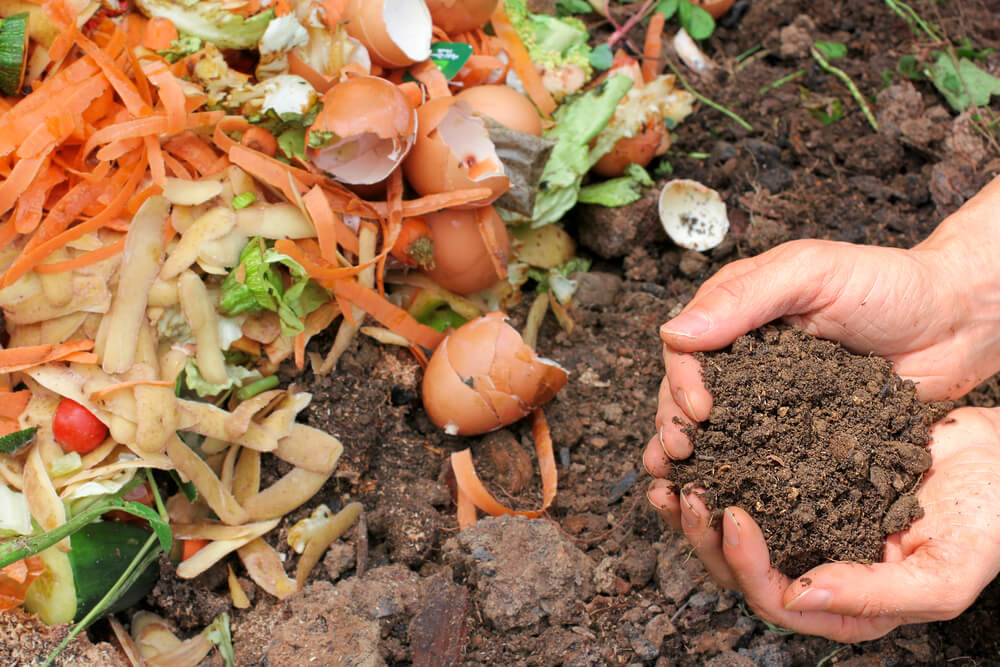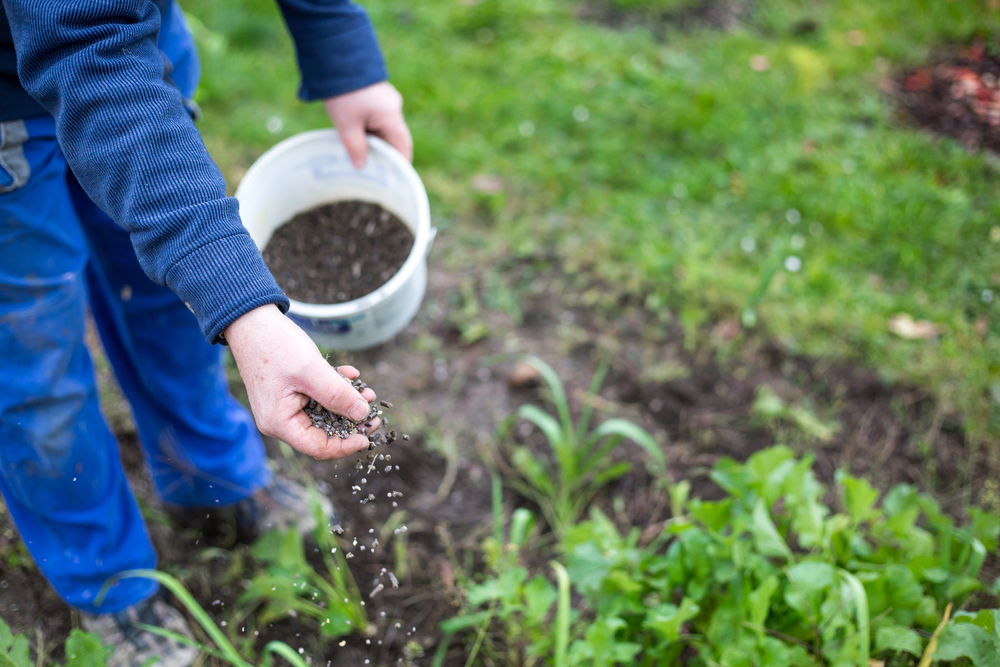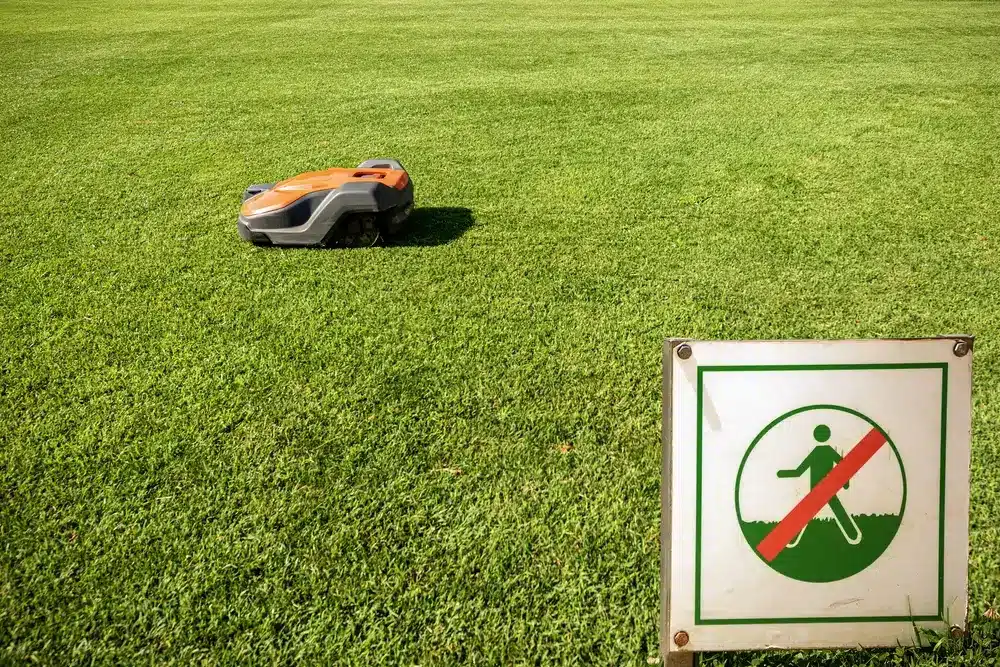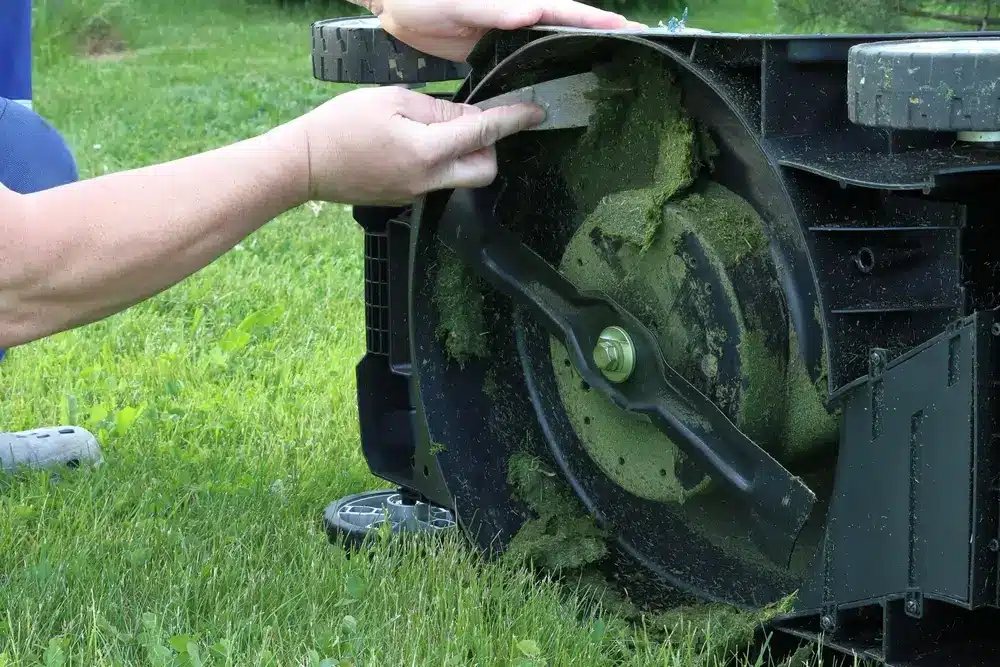Last Updated: March 21, 2024
Fertilising might seem like an optional task with lawn care, but it actually is one of the most important parts of the job. Fertilisers are packed with essential nutrients that help you grow and maintain your lawn, allowing you to have a green and healthy garden. Read on to know more about the best fertiliser for your lawns and when you should use them.
What Is the Most Effective Fertiliser?
There are several formulations of fertiliser that you can choose from. The best fertiliser for your lawns will depend on what your lawns need, as well as your lawn care style. Below are some of the different types of fertiliser that lawn owners can use.
Slow-release Fertilisers
As the name implies, slow-release fertilisers slowly release the nutrients into your lawn. They do so until the fertiliser is completely dissolved. Using slow-release fertilisers means that you have to fertilise less, but they are more expensive compared to the other types of fertilisers.
Fast-release Fertilisers
This type works faster, but you have to reapply more frequently and more carefully in smaller amounts. Improper handling of fast-release fertilisers may result in lawn burn, so only use this when you are absolutely sure that you are capable of handling your lawn care.
Controlled Release Fertilisers
This kind of fertiliser releases nutrients when prompted, specifically by the correct levels of moisture and temperature. Because of the controlled release, nutrients are rarely wasted. Controlled-release fertilisers are more expensive than slow-fertilisers, but their payoff is particularly good, making them a good investment.
Organic Fertilisers
While organic fertiliser may be used to improve soil structure when necessary, the nutrient concentration for this kind of fertiliser is relatively small. As such, when handling organic types, you might need a larger amount compared to using more commercial ones. Be wary of the components of your organic fertilisers, especially if there is manure in the mix, as some of them might carry weed seeds.
Weed and Feed Fertilisers
Weed and feed fertilisers help rid your lawn of pesky weeds. However, you should be especially careful when applying them around trees, shrubs, and garden plants since this kind may negatively affect them. It is best to identify what kind of weed is growing on your lawn first to make sure that you are using the correct kind of fertiliser.
When Should I Apply Fertiliser to My Lawn?
The best time to apply fertiliser to your lawns is during early spring. Note that it is best to check the soil temperature beforehand, with the ideal temperature being 12-13 degrees Celcius. If you don’t have any means of checking the soil temperature, your best indicator would be how green the grass is. If the grass is beginning to turn greener and if some of the flowers start blooming, this is a good sign that you should start applying fertiliser to your lawn.
Once you start fertilisation your lawn, you need to work out a fertilization schedule. Most fertilisers have a recommended schedule on their labels, but if you feel that you should do something else for your lawn, consult with a reputable lawn and reticulation company for advice. These professionals will advise you how to best take care of your lawn and you can avoid any problems caused by improper fertilisation.
What Are Some of the Best Practices When Applying Fertiliser?
Ensuring that your lawn grows healthy doesn’t just stop with applying the fertiliser. There are several things you should remember when working with fertilisers. Here are some of the top tips when fertilising:
Use granule fertilisers
When professionals apply fertilisers, they usually have the proper tools, such as a tanker truck, to ensure the fertiliser is applied evenly. Homeowners usually don’t have that option. If you plan to do it yourself, use granule fertilisers via a spreader to ensure the proper distribution.
Water your lawn appropriately
As you water more frequently, you will need to use more fertiliser to supplement the grass’s growth. You need to read up on your fertiliser’s label instructions as to when you should water your lawn. Some fertilisers require that you water your lawn beforehand to ensure that it is absorbed properly.
Never over-apply
Just like watering, there is such a thing as over-applying when using fertilisers. Check the label for the appropriate fertiliser rate, then use only half of that for the first application. Too much fertiliser might burn and kill the grass, so it’s better to apply too little this time around.
Fertilise Your Gardens the Right Way
Fertilising your gardens might seem like a tedious task, but it is absolutely necessary if you want a green and healthy garden. Pick a fertiliser that suits your garden needs and lawn care style and follow instructions carefully to avoid any mishaps along the way. If you’re still confused, you can always refer back to this article for the basics or contact Green Oasis Lawn and Reticulation to help you out with fertilising your lawn.







